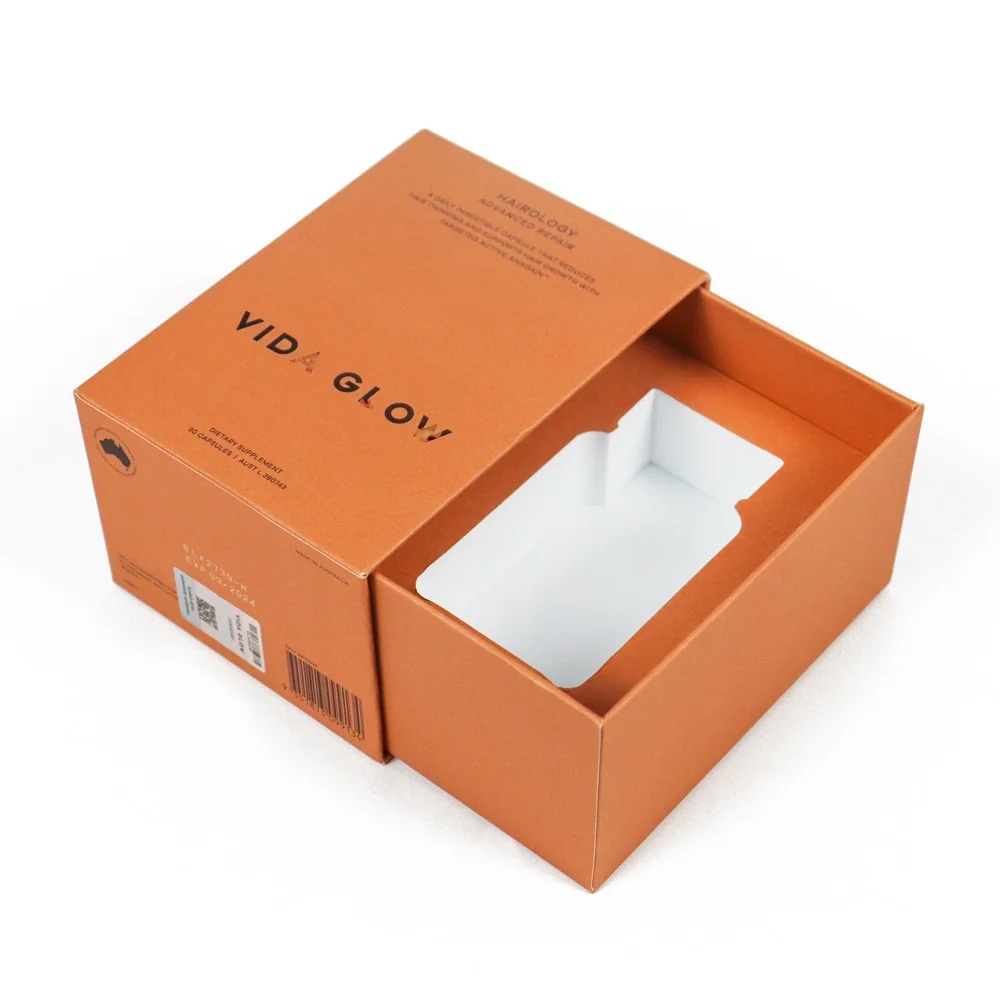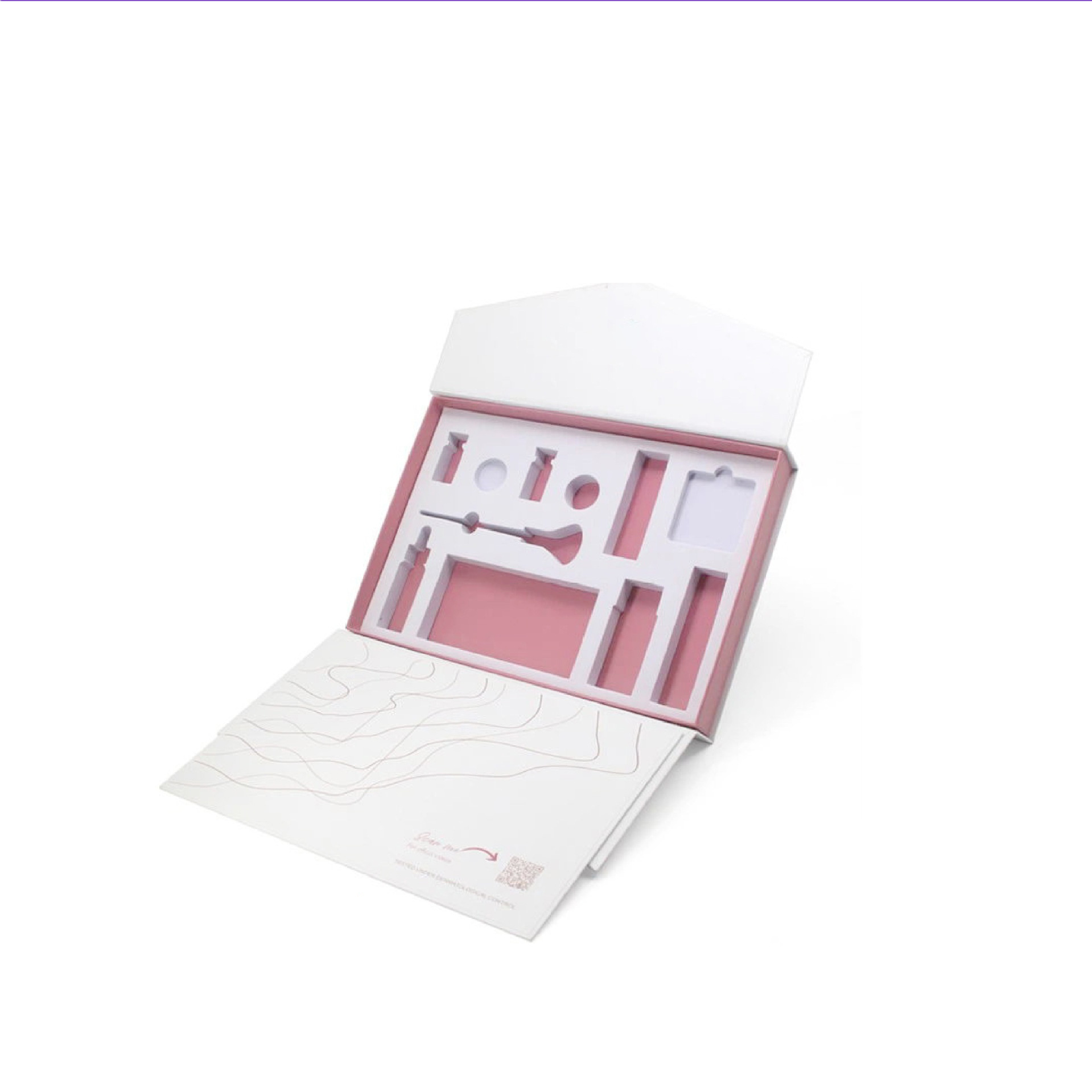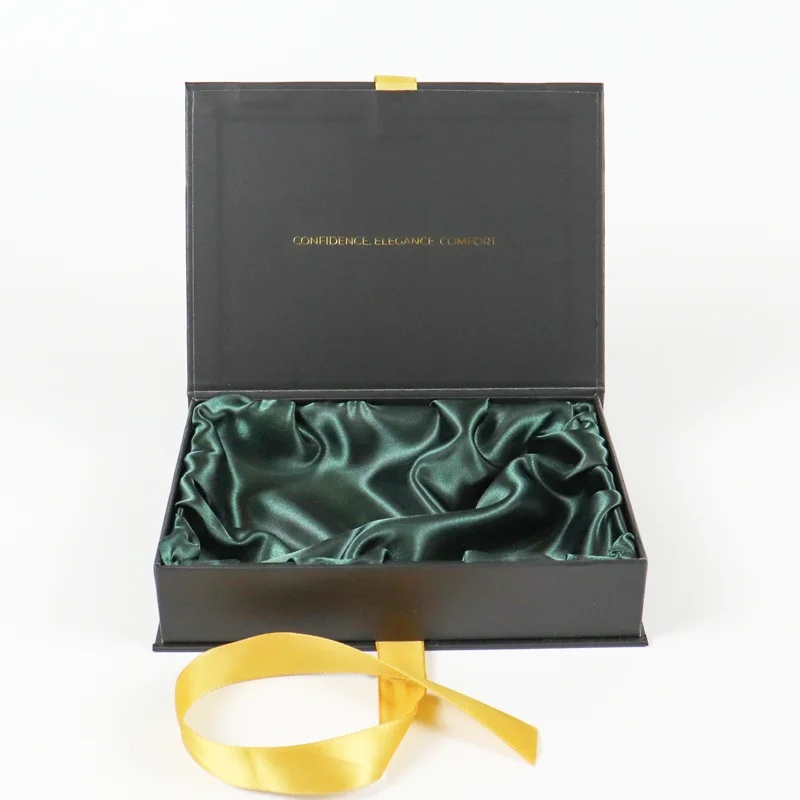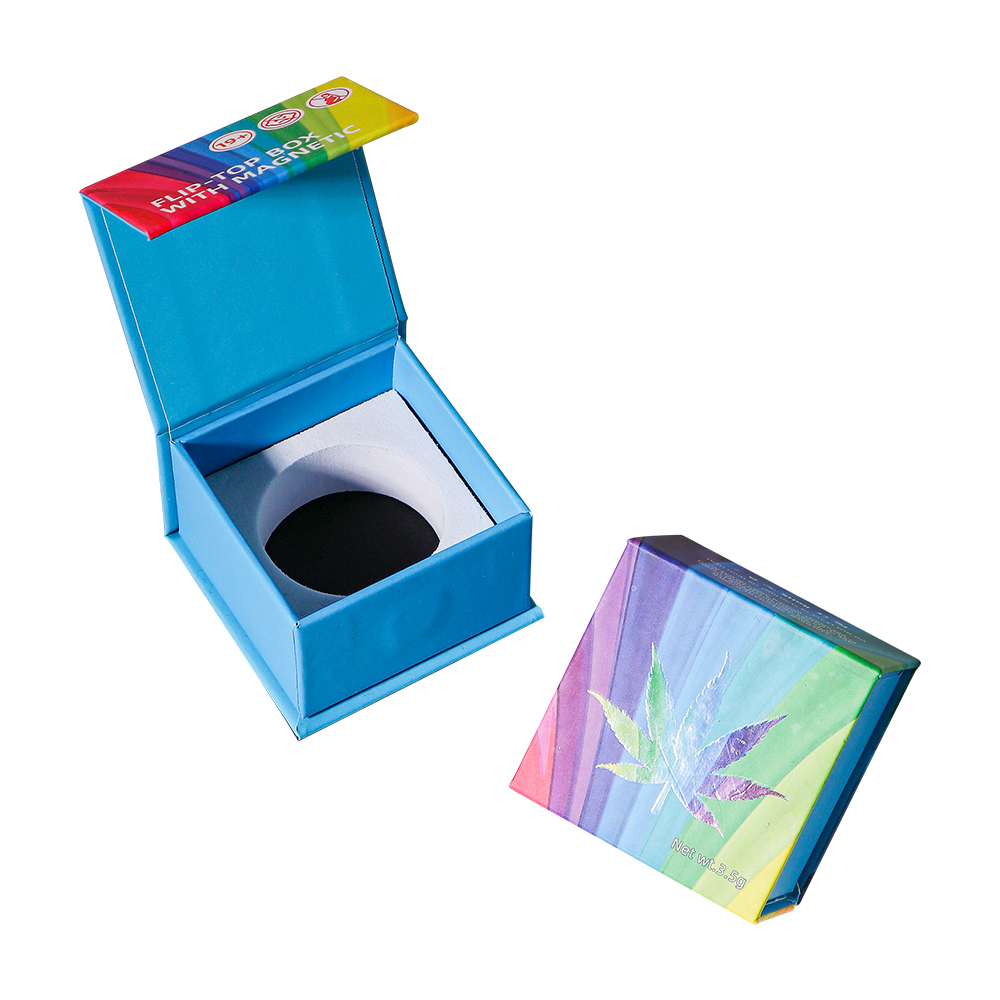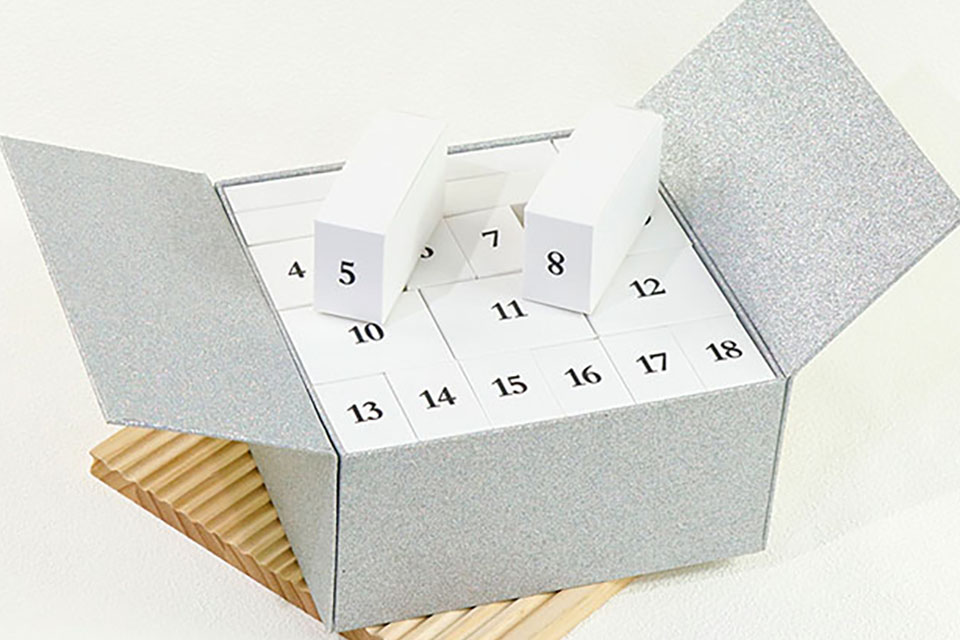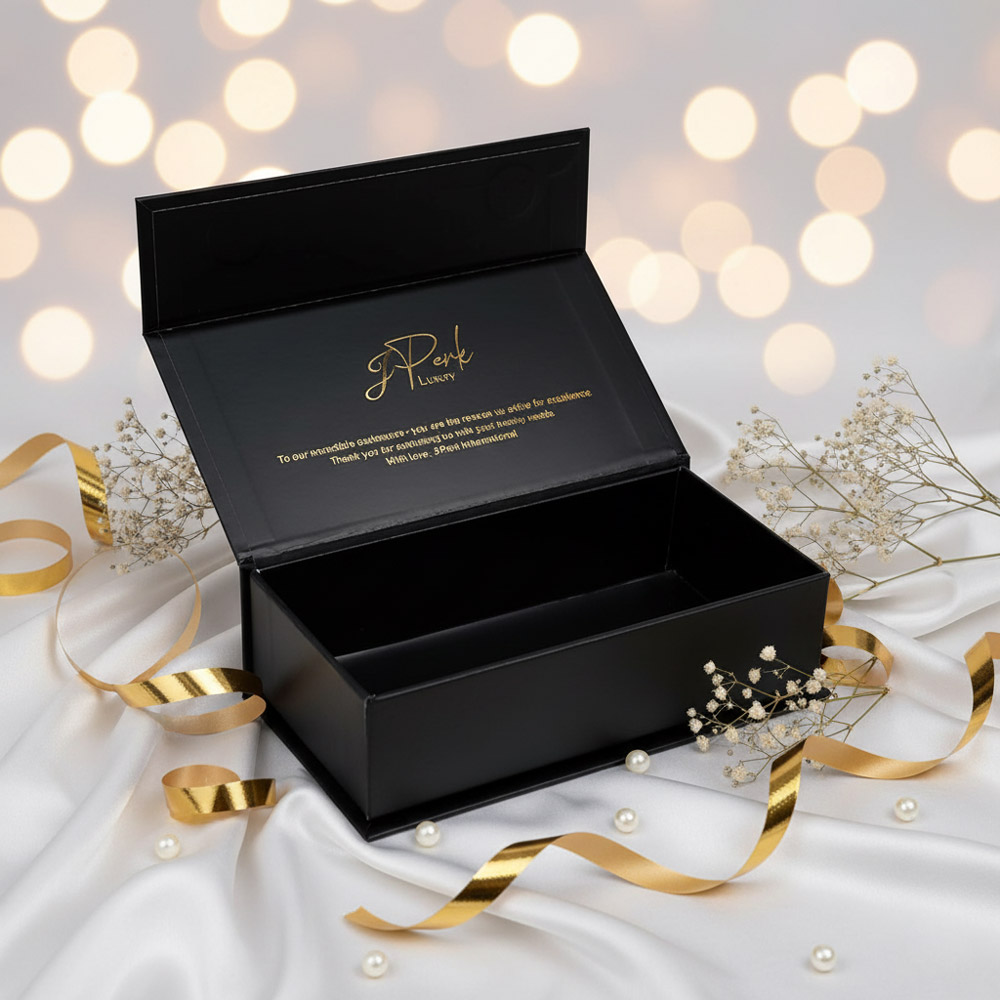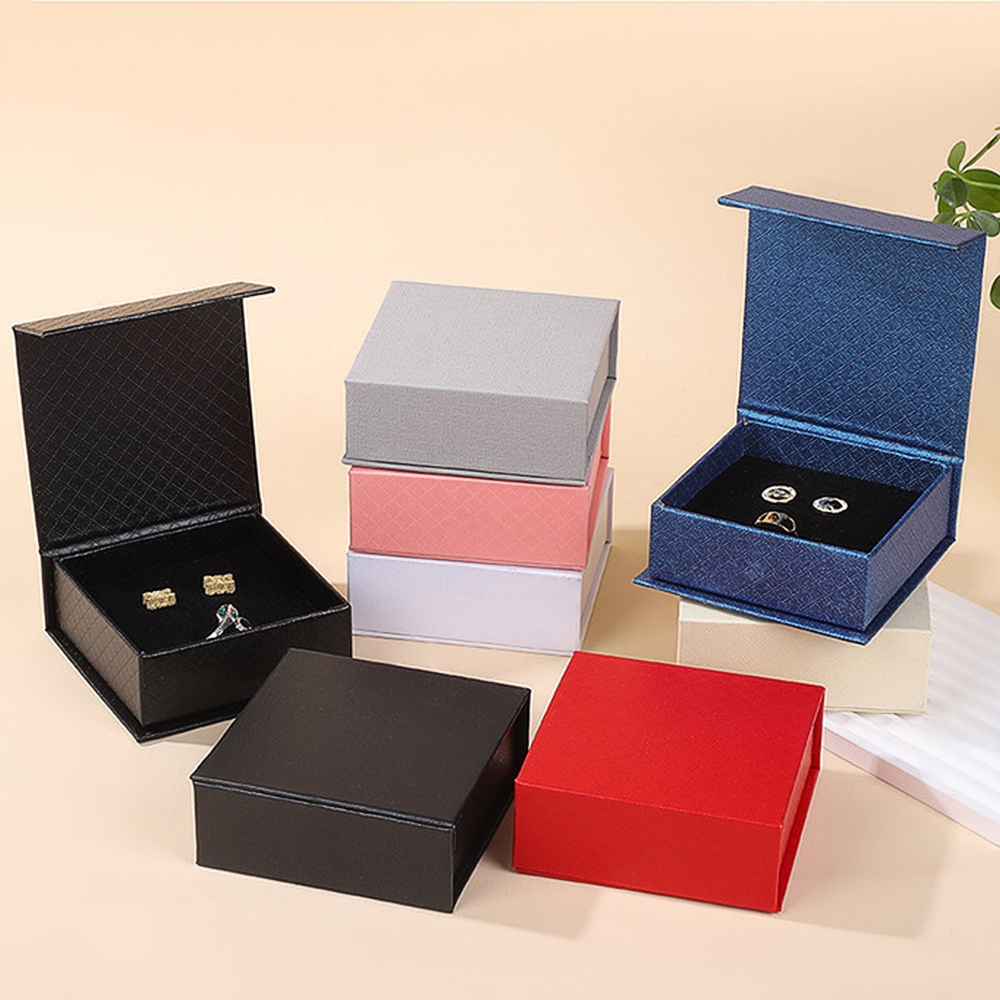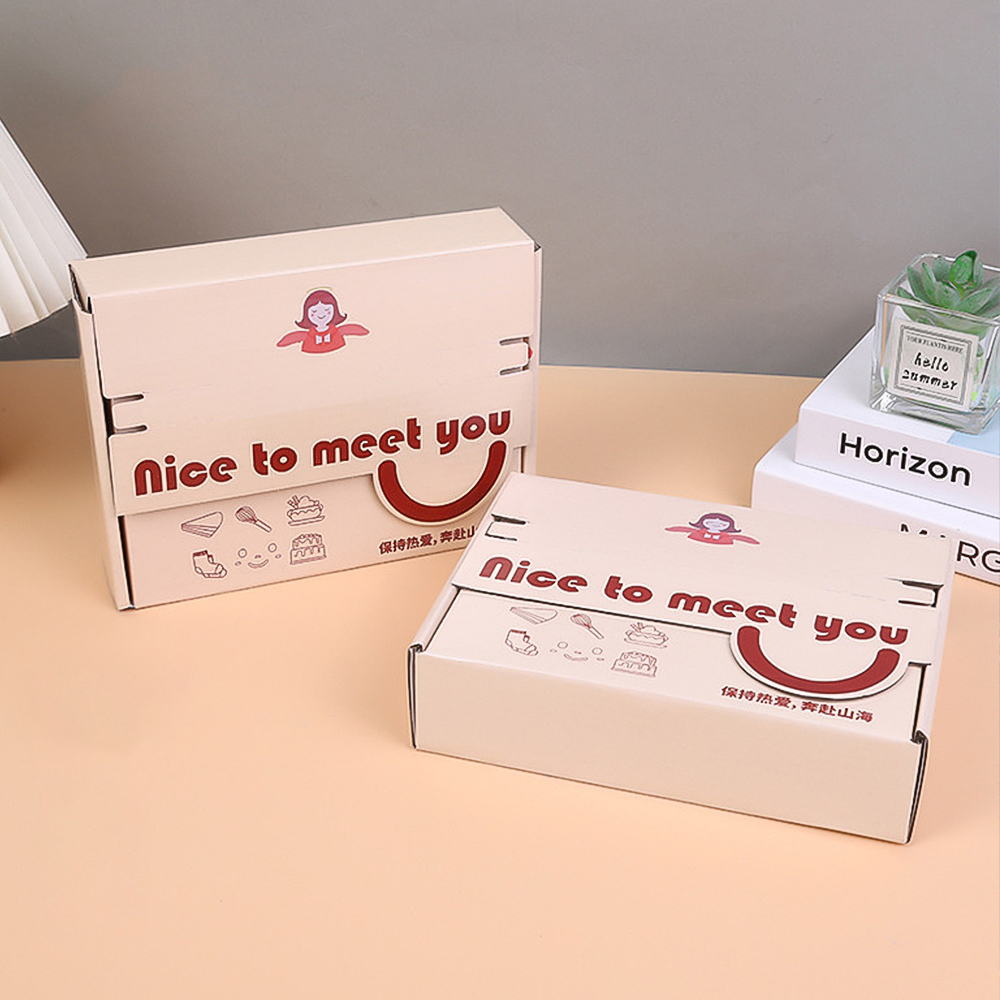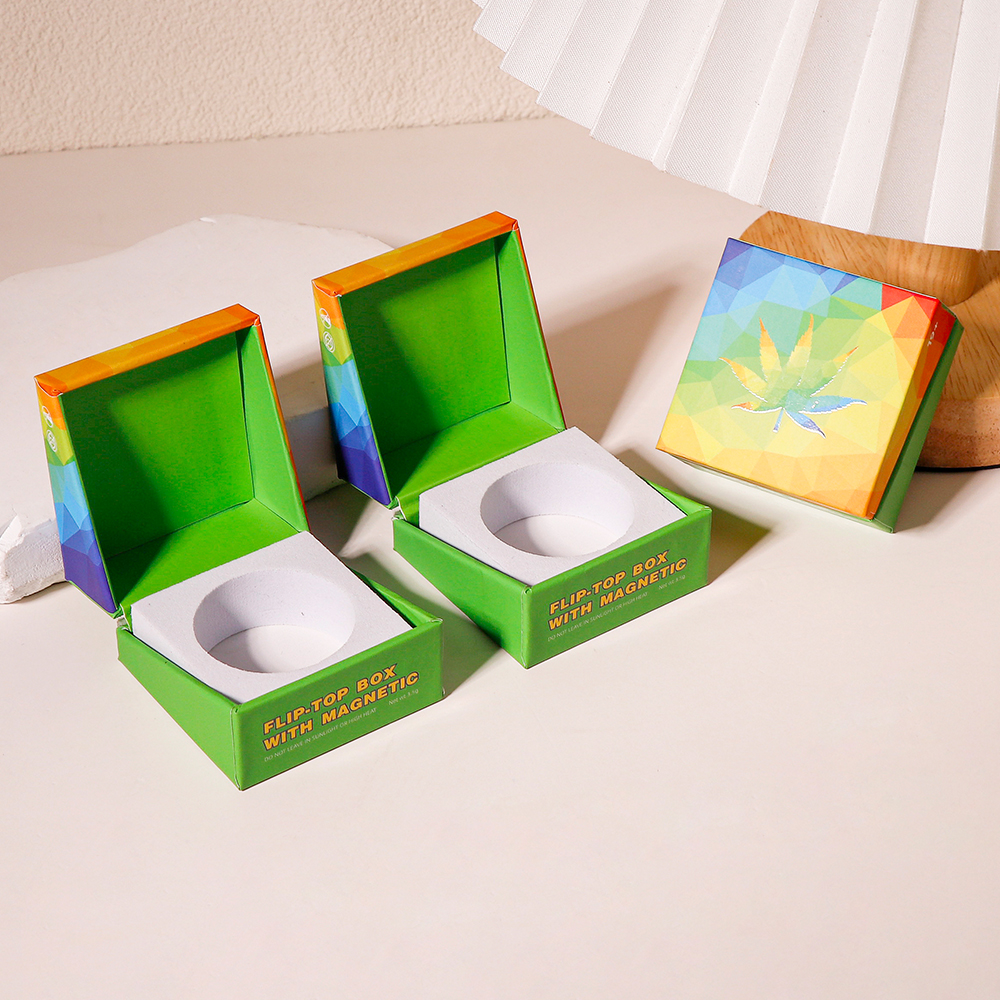Streszczenie
Wraz z dynamicznie rozwijającą się gospodarką subskrypcyjną, opakowanie stało się głównym polem bitwy dla marek subskrypcyjnych w celu ustanowienia zróżnicowanej przewagi konkurencyjnej. Dane pokazują, że 72% konsumentów uważa, że projekt opakowania bezpośrednio wpływa na zamiar odkupu. Niniejszy artykuł systematycznie analizuje, w jaki sposób osiągnąć efekt "rozpakowywania i rozprzestrzeniania" poprzez projektowanie opakowań w 10 wymiarach, takich jak innowacje strukturalne, rewolucja materiałowa i oparte na danych, a także łączy globalne przypadki innowacji i trendy branżowe, aby zapewnić markom wykonalne rozwiązania.
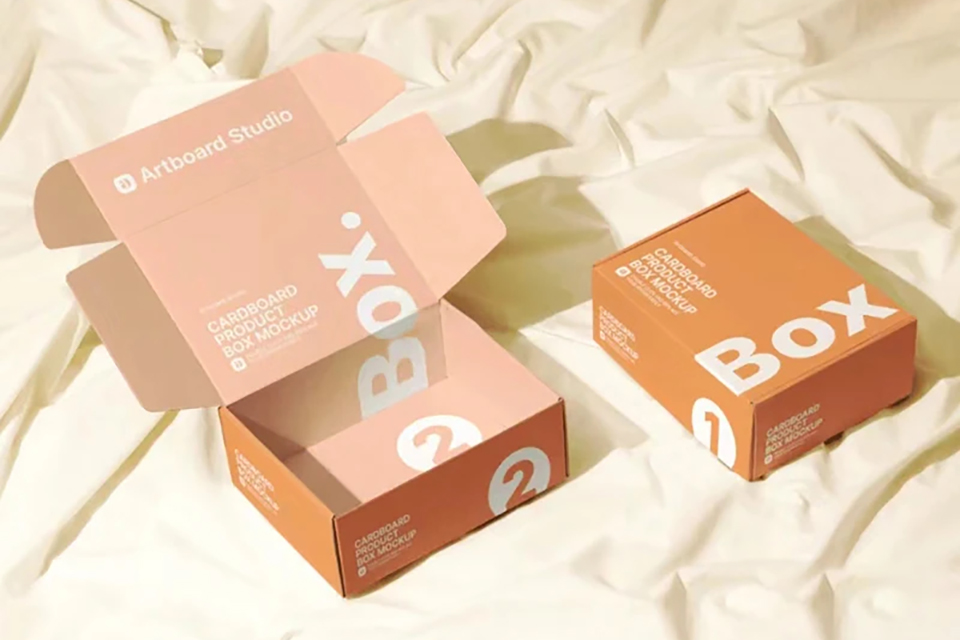
1. Konstrukcja strukturalna: podwójny przełom w ochronie i zaskoczeniu
Modułowa struktura kombinowana Zastosowanie odpinanych przegródek i ruchomych podszewek może nie tylko dostosować się do kombinacji produktów o różnych rozmiarach, ale także stworzyć poczucie zaskoczenia poprzez zmiany strukturalne podczas rozpakowywania.
Wielofunkcyjna zintegrowana konstrukcja Wiele firm przekształca opakowania modeli samolotów w przenośne walizki i Subskrypcja Box staje się ozdobą domu. Ta koncepcja "opakowanie jest produktem" zwiększa wskaźnik retencji opakowań o 40%.
2. Materialna rewolucja: Sensoryczny podbój marketingu dotykowego
Zaawansowane zastosowanie zrównoważonych materiałów Wiodące światowe marki przeszły z podstawowego papieru falistego na materiały amortyzujące z grzybni grzybów (współczynnik recyklingu 100%) i morskie płyty z tworzyw sztucznych pochodzących z recyklingu. Opakowania z powłoką z włókien roślinnych mogą zwiększyć przychylność marki o 58%.
Psychologiczne zastosowanie dotykowej tekstury Dzięki wytłaczaniu (np. na tekturze z ziarnem litchi), lokalnemu promieniowaniu UV i innym procesom, symulowany jest charakterystyczny dotyk produktu. Matowa tekstura 3-krotnie wydłuża czas kontaktu klienta z produktem, bezpośrednio zwiększając współczynnik konwersji o 28%.
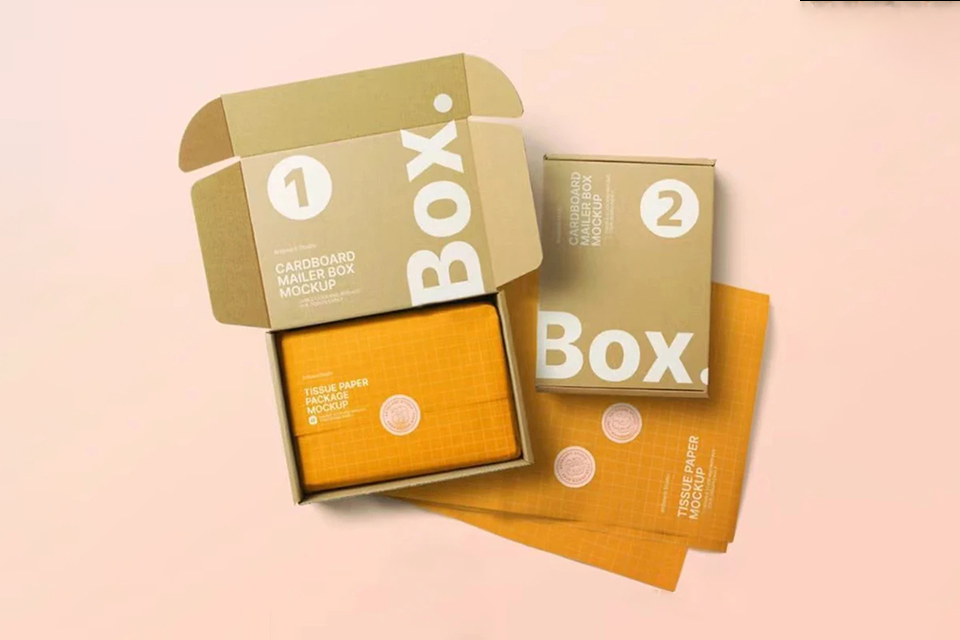
3. Oparte na danych: Od empiryzmu do precyzyjnego przewidywania
Dynamiczny system pakowania Algorytm AI oparty na portretach użytkowników może generować opakowanie rozwiązania w czasie rzeczywistym. Pudełko z subskrypcją kosmetyków analizuje dane społecznościowe użytkowników i drukuje ekskluzywne wzory konstelacji na powierzchni pudełka, co zwiększa współczynnik udostępniania unboxingu o 210%.
Model optymalizacji wydajności transportu Wykorzystanie technologii skanowania 3D do wygenerowania minimalnej matrycy przestrzennej produktu zmniejsza koszty transportu o 19% i emisję dwutlenku węgla o 32%.
4. Narracja wizualna: Oparta na scenariuszu budowa własności intelektualnej marki
Trasa rozpakowywania w stylu komiksu Opierając się na projekcie "Production Story Axis" firmy Kashi Cereal, cały proces zbierania surowców, produkcji i transportu jest stale wyświetlany z boku pudełka, co zwiększa głębokość świadomości marki 76%.
AR Integracja rzeczywistości rozszerzonej Niewidoczny kod jest wszczepiony na powierzchni pudełka i można oglądać wycieczkę VR po ogrodzie herbacianym, skanując kod. Projekt ten zdobył złotą nagrodę Pentawards 2024.
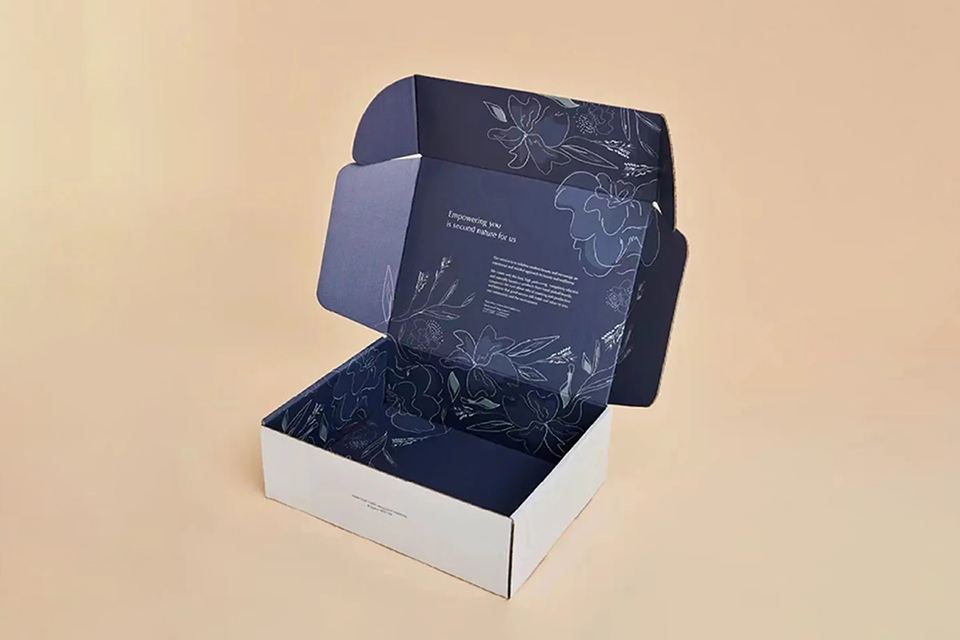
5. Interaktywna rewolucja: Od pasywnego odbioru do aktywnej eksploracji
Struktura opakowania w stylu puzzli Pudełko na ciastka Selma ma kształt piekarnika, a "pokrętło" pudełka należy obrócić, aby wyjąć produkt. Ta interaktywna konstrukcja wydłuża czas przebywania użytkownika w piekarniku do 4 minut.
Synergiczny system stymulacji sensorycznej Pudełka na kosmetyki Lush mają wbudowaną warstwę spowalniającą uwalnianie przypraw, która uwalnia spersonalizowany zapach po otwarciu pudełka, a dotyk złotego tekstu tworzy synergiczny punkt pamięci pięciu zmysłów.
6. Zrównoważona ekologia: Komercyjna transformacja odpowiedzialności za środowisko
Mechanizm zachęt do recyklingu w obiegu zamkniętym Korzystając z modelu systemu zwrotu kaucji, za zwrot pustych opakowań można otrzymać punkty, dzięki czemu wskaźnik recyklingu ustabilizuje się na poziomie ponad 91%.
Wizualny projekt śladu węglowego Drukowanie map identyfikowalności materiałów i danych dotyczących redukcji emisji dwutlenku węgla na wewnętrznej wyściółce pudełka sprawia, że 82% konsumentów jest skłonnych zapłacić 10% premii.
7. Upodmiotowienie kulturowe: Globalny wyraz lokalnego designu
Nowoczesna interpretacja rzemiosła niematerialnego dziedzictwa kulturowego The pudełko na herbatę łączy japoński kunszt papierniczy z geometrycznym wydrążeniem, które nie tylko chroni torebkę herbaty, ale także tworzy sztukę światła i cienia. Cena pojedynczego produktu jest 7-krotnie wyższa niż w przypadku zwykłego opakowania.
Abstrakcyjna transformacja symboli regionalnych Meksykańska bombonierka Casa przyjmuje modułową konstrukcję azteckich totemów, co wywołało boom na dekonstrukcję w mediach społecznościowych i zwiększyło naturalny ruch o 3,2 miliona razy.
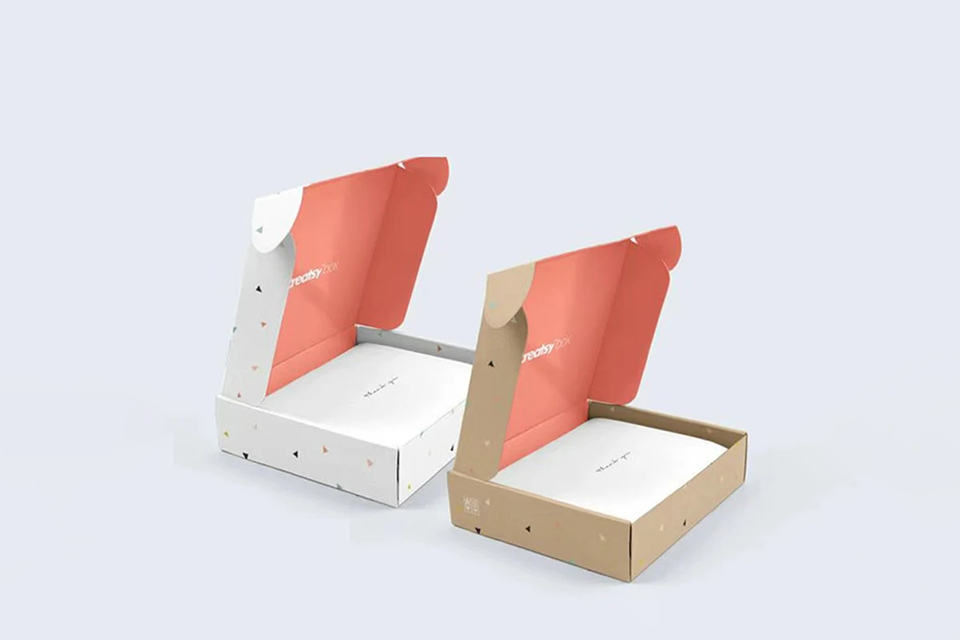
8. Integracja technologii: Ulepszanie doświadczeń związanych z inteligentnymi opakowaniami
Głęboka interakcja z chipem NFC Wszczep mikroczip w pokrywie i dotknij telefonu, aby wyświetlić rozszerzoną zawartość, taką jak identyfikowalność produktu i sugestie dopasowania.
Zastosowanie technologii opakowań aktywnych Wykorzystanie atramentu zmieniającego kolor w zależności od temperatury do wyświetlania stanu przechowywania w czasie rzeczywistym, zmniejszając wskaźnik utraty produktu z 12% do 3%.
9. Postęp personalizacji: od tysięcy twarzy do jednej osoby
System drukowania w czasie rzeczywistym Technologia umożliwia dostosowanie na poziomie minutowym i może drukować ekskluzywne kopie w oparciu o ostatnią dynamikę społeczną użytkownika.
Opakowanie nadające się do uprawy Pudełko zawiera papier z nasionami lub podkładki z mchu, aby zachęcić użytkowników do uprawy roślin, wydłużając cykl życia opakowania o ponad 6 miesięcy.
10. Rewolucja w bezpieczeństwie: Wizualna konstrukcja powiązań zaufania
Macierz identyfikowalności blockchain Każde opakowanie ma niezależny zaszyfrowany kod QR, który można prześledzić wstecz do partii surowca, zmniejszając wskaźnik reklamacji o 67%.
Opatentowana struktura odporna na manipulacje Dzięki zastosowaniu samoniszczących plomb i optycznych kodów zapobiegających podrabianiu, wskaźnik integralności rozpakowywania w kluczowych obszarach osiąga 99,97%.
Podsumowanie
Ponieważ konkurs na pudełka subskrypcyjne wkracza w nowy etap "opakowania jako usługi", doskonały projekt musi osiągnąć trzy wartości jednocześnie:
- Wartość biznesowa: Redukcja kosztów logistycznych o 8-15% dzięki innowacjom strukturalnym
- Wartość komunikacji: Dobre opakowanie zawiera 3-7 komunikatów społecznościowych
- Wartość ekologiczna: Zrównoważone opakowania zwiększają LTV klientów o 42%
Kiedy opakowanie ewoluuje od pozycji kosztowej do zasobu marki, jego istotą jest głęboka odpowiedź na potrzeby użytkowników - nie tylko w celu ochrony bezpiecznego przybycia produktów, ale także w celu stworzenia wspaniałego doświadczenia, którym warto się podzielić. Firmy, które traktują opakowanie jako "trójwymiarową deklarację marki", zdobywają nowy punkt odniesienia w gospodarce subskrypcyjnej.



